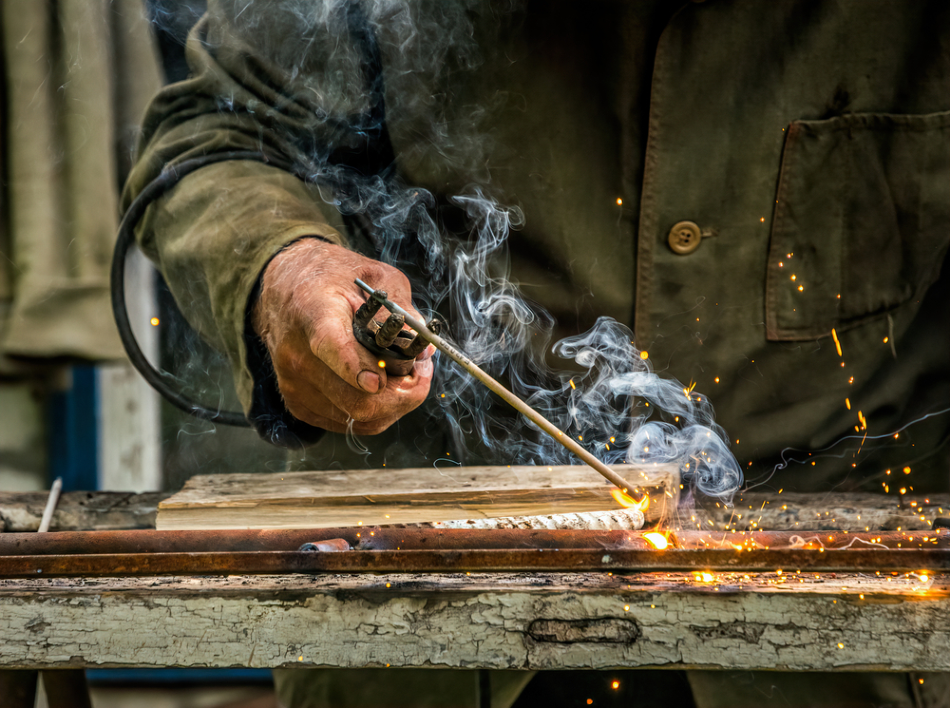In this article, we examine the process of high-speed imaging and visualization of flux-coated electrode hand welding using the Cavitar CAVILUX HF.

Image Credit: Shutterstock/Konoplytska
The electrode is a flux coated electrode type Prima Blue by the organization Kjellberg Finsterwalde Elektroden und Zusatzwerkstoffe GmbH. The current was 120 A and a negative pole electrode was utilized. The core wire diameter is 3.25 mm.
The power supply was provided by an inverter welding unit of type PICO 300 CEL by the organization EWM Hightech Welding GmbH.
Electrode Hand Welding Process
Non-alloy construction steel of type S235JF was the base metal. The weld was a bead on plate weld.
The video was captured at a frame rate of 7000 fps with a shutter time of 1/440.000 s and a resolution of 700 x 400 pixels. For a comparable illumination, a vertical steel plate is included in the background.
The aim of the measurement was to analyze the burning behavior of the electrode depending on the welding parameters.
The burning behavior of this electrode was utilized as a reference to investigate the behavior of alternative commercially available electrodes. It was also used to study electrode behavior for the company’s development projects.
The investigations were carried out at an automated welding machine as a means to eradicate the effect of a welder in the results. The machine managed the wire feeding speed according to the current signals and power.
The results of the measurement were utilized for the refinement and creation of the latest hand welding electrodes.
Flux coated electrode hand welding – CAVILUX Laser illumination
Imaging Technology
Camera: Photron Fastcam SA5 Model 775 K –M1 with 8 Gb memory
Objective: Sigma 180/3.5 EX DG Makro IF APO Nikon
Illumination: Cavitar’s CAVILUX HF
Acknowledgments
Produced from materials originally authored by Dr.-Ing. Malte Petersen from the Institute of Materials Science, Gottfried Wilhelm Leibniz University Hanover, Germany.

This information has been sourced, reviewed and adapted from materials provided by Cavitar.
For more information on this source, please visit Cavitar.